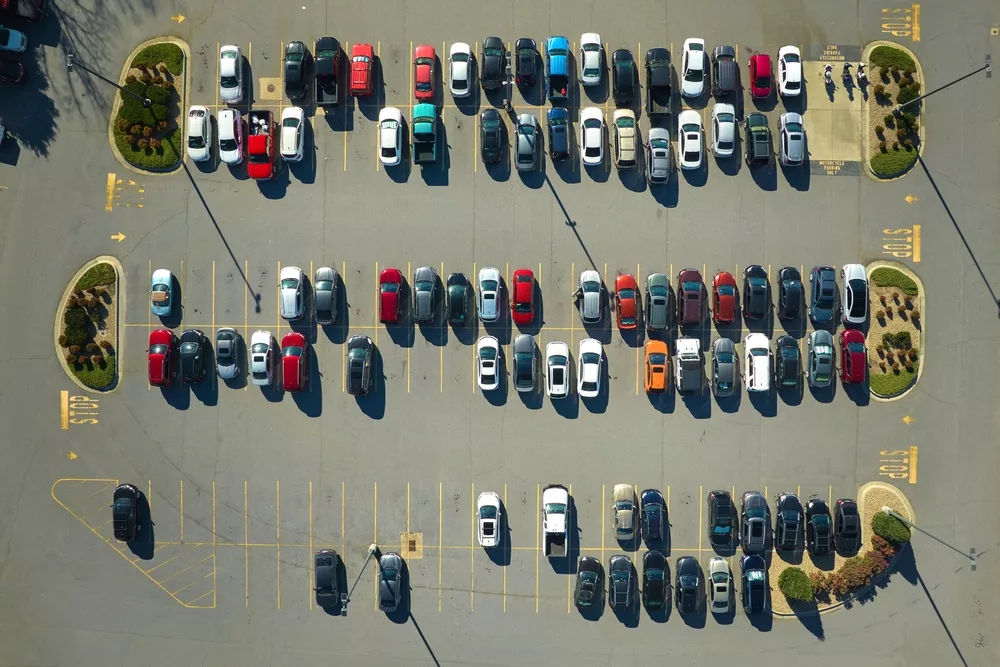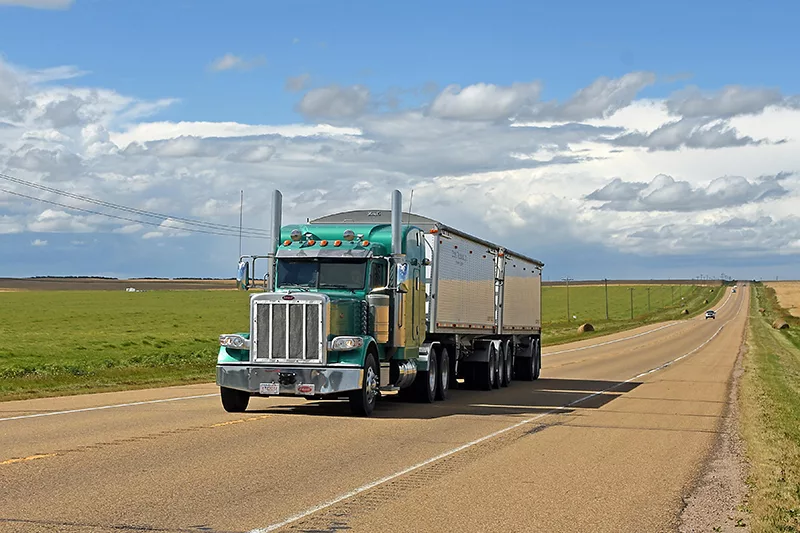Emissions distributions by vehicle age and policy implications

This case study utilizes the U.S. remote sensing database to demonstrate the impact of vehicle age on emissions. The analysis of over 45 million emissions measurements finds that the contribution of the oldest light-duty vehicles in the fleet to total NO mass emissions has increased over time. In 2010, vehicles 15 years old and older made up approximately 14% of the fleet but were responsible for 50% of total NO mass emissions. By 2018, the percentage of the fleet responsible for 50% of total NO emissions had decreased to 11%. In 2018, this represents vehicles 17 years old and older in Virginia and 19 years old in Colorado, highlighting the outsized contribution of older vehicles to total emissions.
Several policies can help address the emissions impact of older vehicles. For future emission standards, the useful life requirements can be extended to better represent a vehicles lifespan. For the existing vehicles in the fleet, scrappage programs can help incentivize vehicle owners to retire the oldest vehicles. Additionally, urban areas can consider implementing low emission zones to restrict access of the oldest, highest emitting vehicles.
Colorado Department of Public Health & Environment, Virginia Department of Environmental Quality, University of Denver
TRUE North American Database: Real-world emissions measurements provided from partners in the Denver Metropolitan area and North Front range in Colorado, and Northern Virginia.




